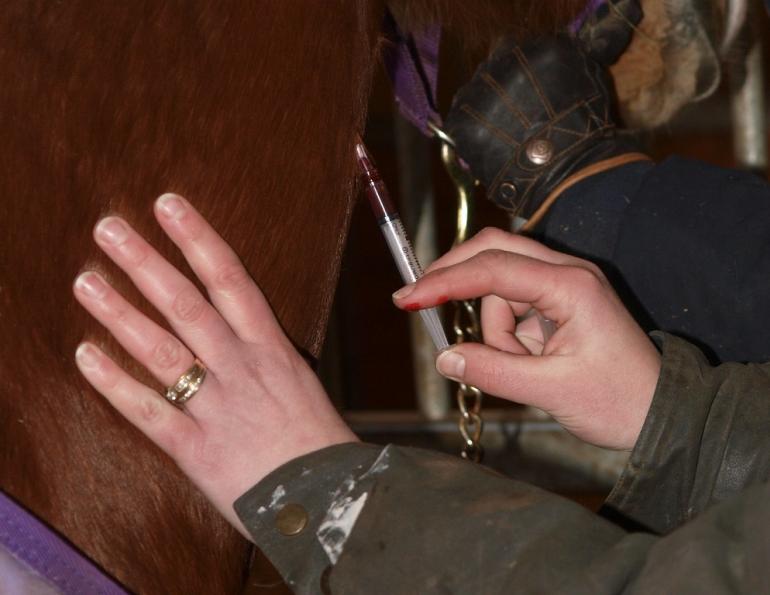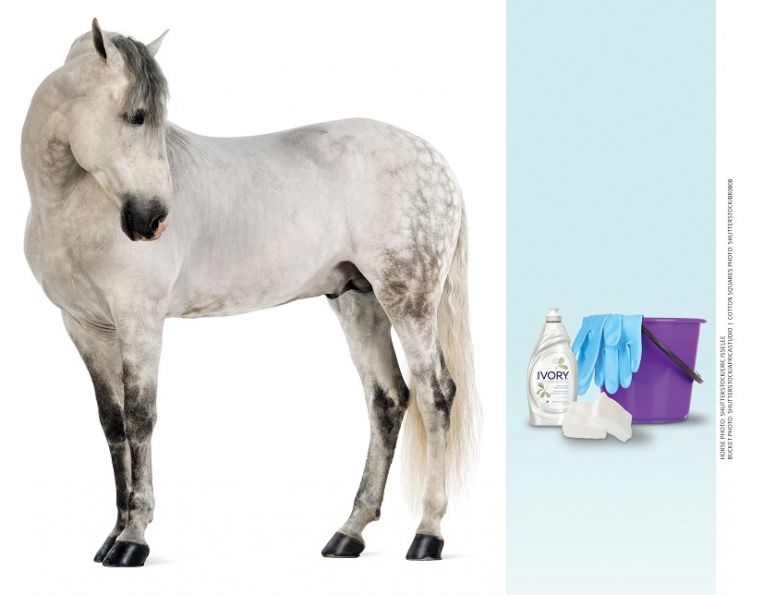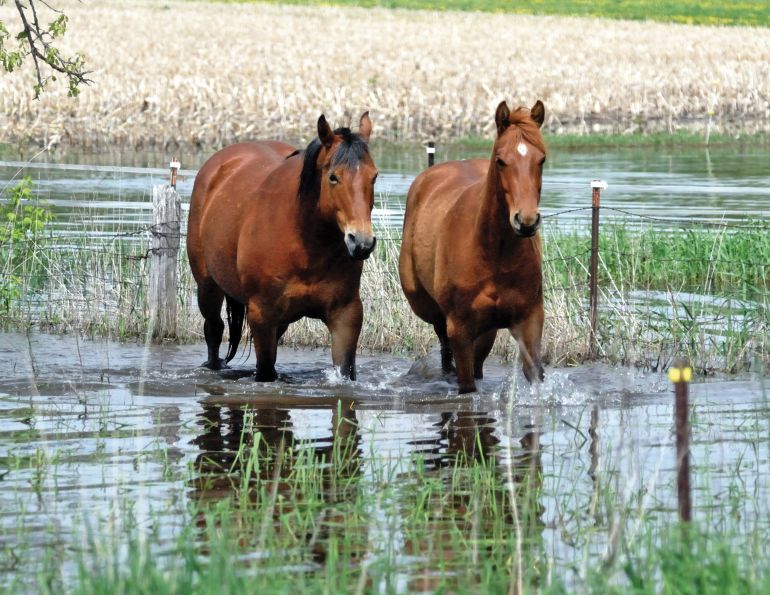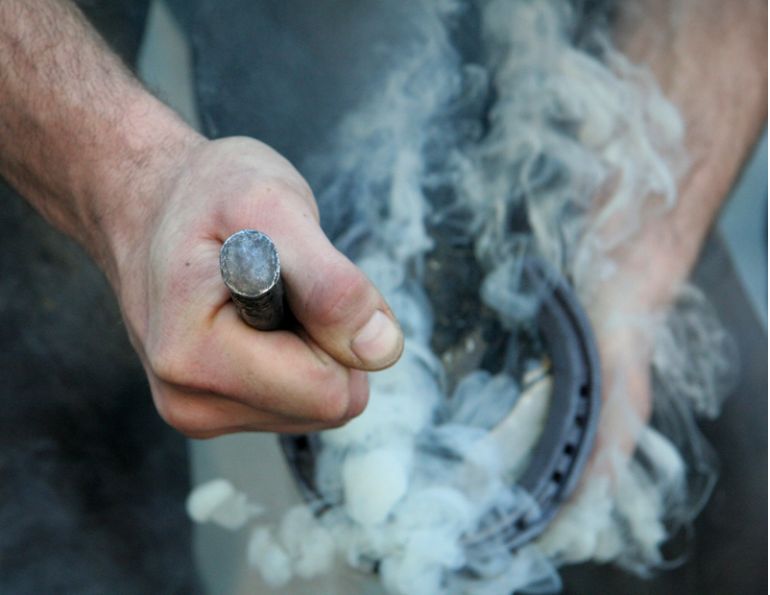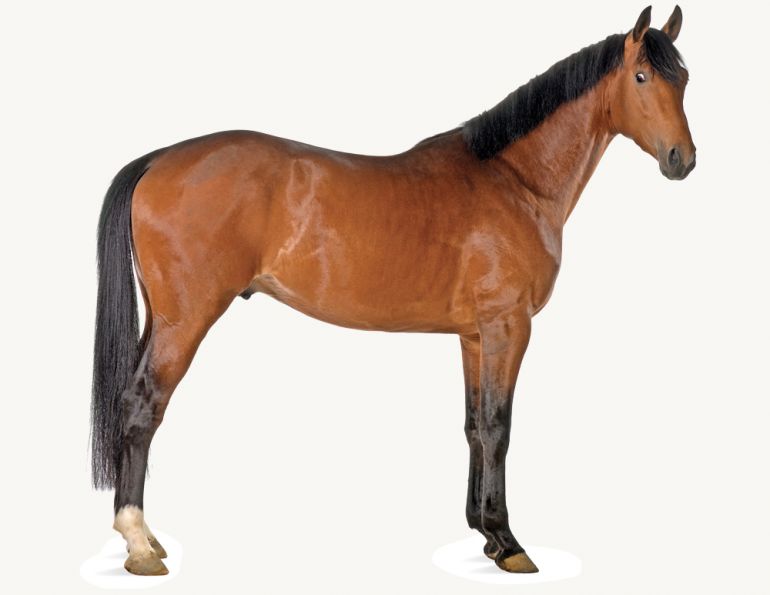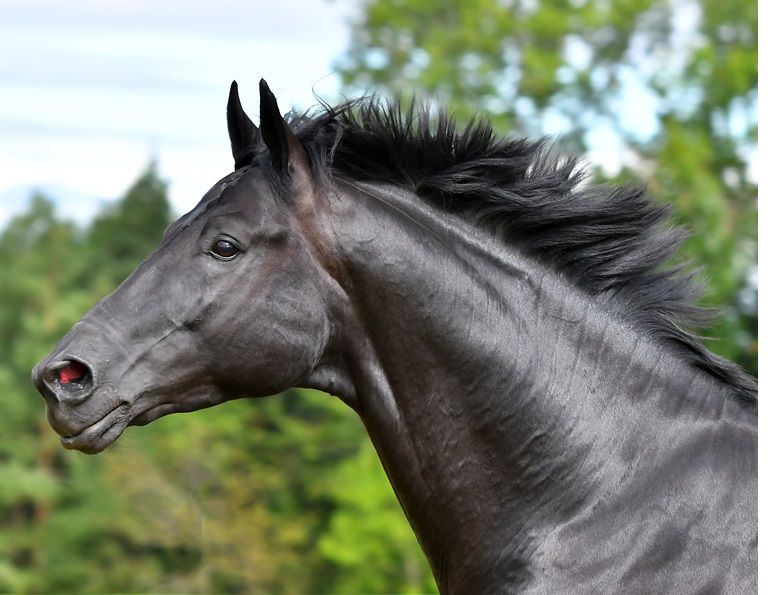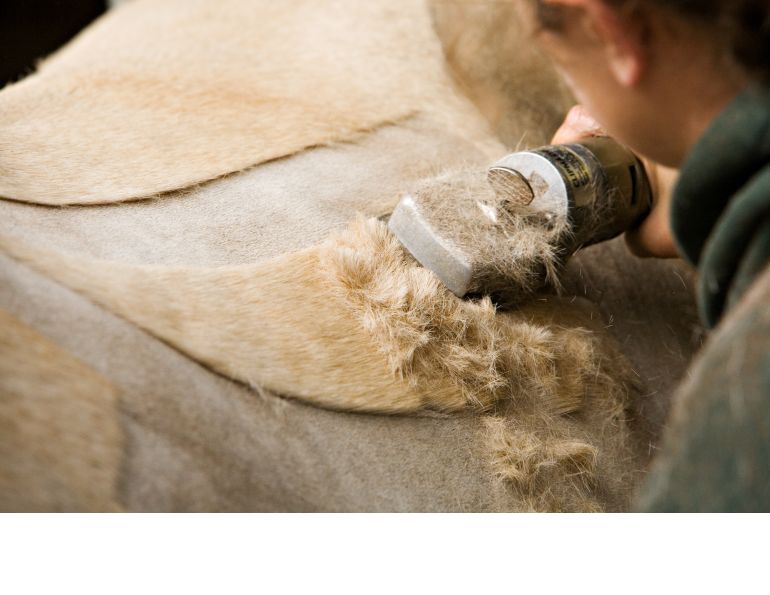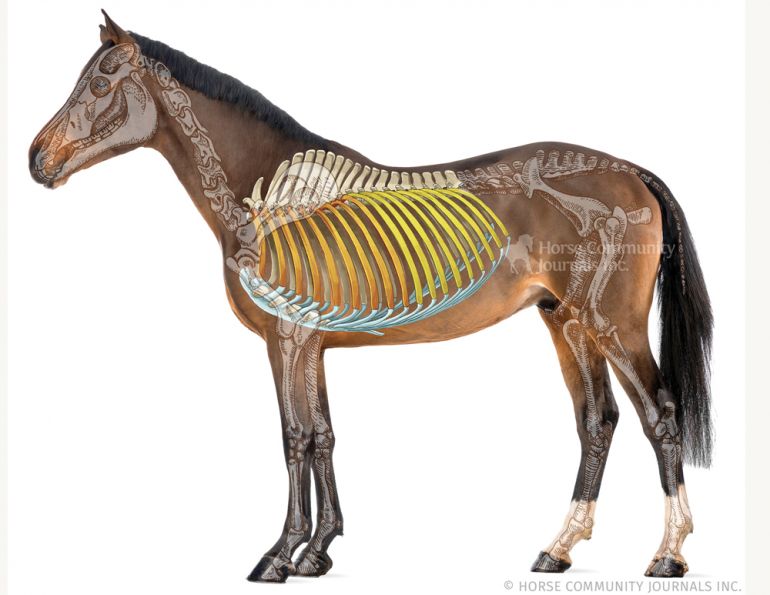By Kathy Smith
Mud fever, also known as scratches, pastern dermatitis, and greasy heel, is a common equine skin disease affecting the lower limbs, particularly the back of the pasterns and the bulbs of the heels. The ailment is most prevalent during autumn, winter, and early spring when horses are more likely to spend prolonged periods of time standing in wet, muddy conditions where the bacteria and fungi that cause mud fever thrive.
Normally, the skin acts as a protective barrier against such harmful microorganisms, but increased exposure to moisture can compromise the skin’s integrity until a point of entry becomes available by means of an abrasion or other skin damage. Horses with white legs or pink skin may be more prone to developing mud fever, as are those with particularly hairy feathers that trap moisture and dirt against the skin.

Mud fever is associated with wet and muddy conditions, which can compromise the skin’s integrity allowing bacteria to gain entry and cause the skin to become sore and painful. Pink skin under white hair is more sensitive. Photo: Fotolia/Chelle129
Symptoms
Skin lesions, exuding fluids which dry to form scabs, are the most characteristic symptom of mud fever. These painful, crusty sores can be accompanied by mild inflammation. Severe cases of mud fever may present with the additional symptoms of extreme swelling and heat in the affected leg, severe skin sloughing, and lameness, and in these cases a veterinarian should be consulted.
Related: Muddy Horse Paddock Footing Fixes
Treatment
Successful treatment of mud fever begins with moving the horse to a clean, dry environment. Then the following steps should be taken:
- Carefully clip the hair away from the affected area to make cleaning easier and to render the area less hospitable to bacteria.
- Wash the area thoroughly but gently with warm water and an antibacterial cleanser. Avoid cold water and vigorous scrubbing, both of which will further irritate the skin. If the crusts are dried and hard, try to soak them off rather than picking at them. Tough scabs can also be softened prior to washing with a generous layer of antibacterial ointment or cream.
- Thoroughly dry the area with a clean towel, blotting as opposed to rubbing so as to avoid causing the horse discomfort and damaging the skin further.
- Apply liberal amounts of an antibacterial ointment or cream at least once daily. The leg should be bandaged to keep it clean.

Move the horse to a dry, clean environment, and clip the hair to facilitate treatment. Photo: Pam MacKenzie Photography
The procedure should be repeated daily until the area has healed but refrain from washing the area too often as the additional moisture will only perpetuate the problem. Instead, allow any accumulated mud to dry and then gently brush away.
The above treatment plan may be adequate for mild to moderate cases of mud fever. In severe cases a veterinarian can take a swab to test for bacterial growth to allow for use of the most appropriate antibiotic.
Prevention
The best way to prevent mud fever is to minimize exposure to wet, muddy conditions, through good paddock management or stabling the horse at night on clean, dry bedding so skin has a chance to dry out. All horses should have their legs checked during routine grooming for abrasions and early signs of mud fever. Horses that are prone to mud fever may benefit from having their legs preemptively clipped and from application of a barrier cream prior to turnout or exercise so long as the legs are clean and dry.
Related: Clipping 101
Related: Preventing Fall and Winter Colic
To read more by Kathy Smith on this site, click here.
Main Photo: iStock/Steverts




